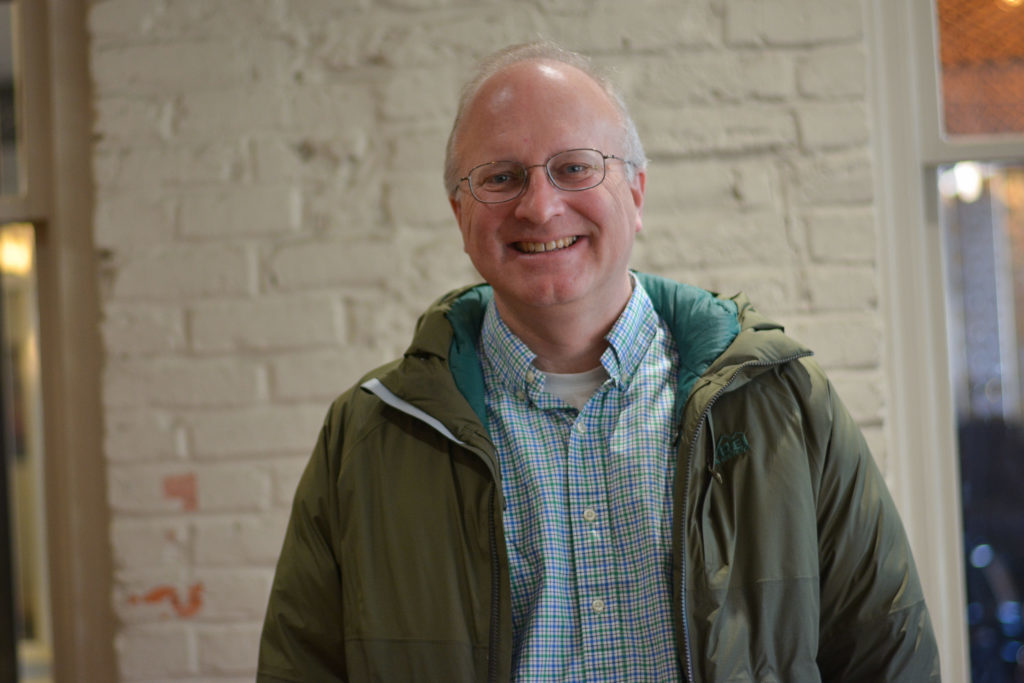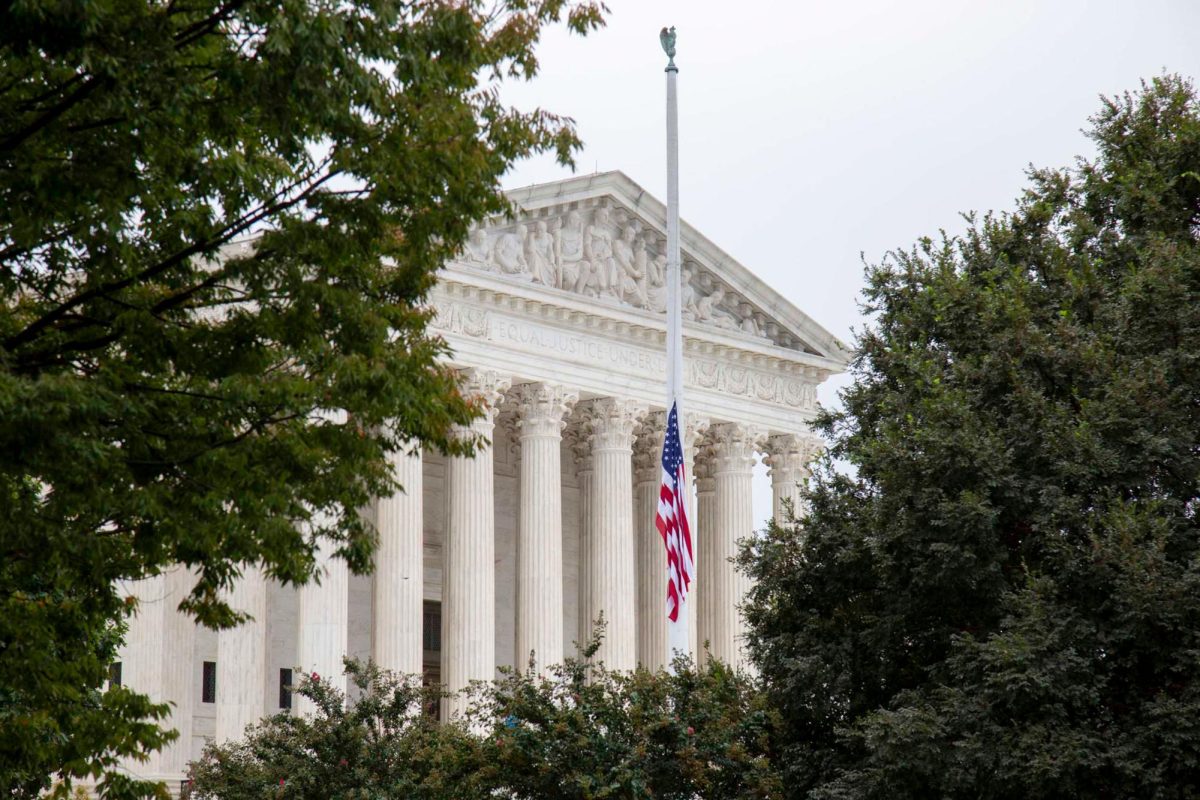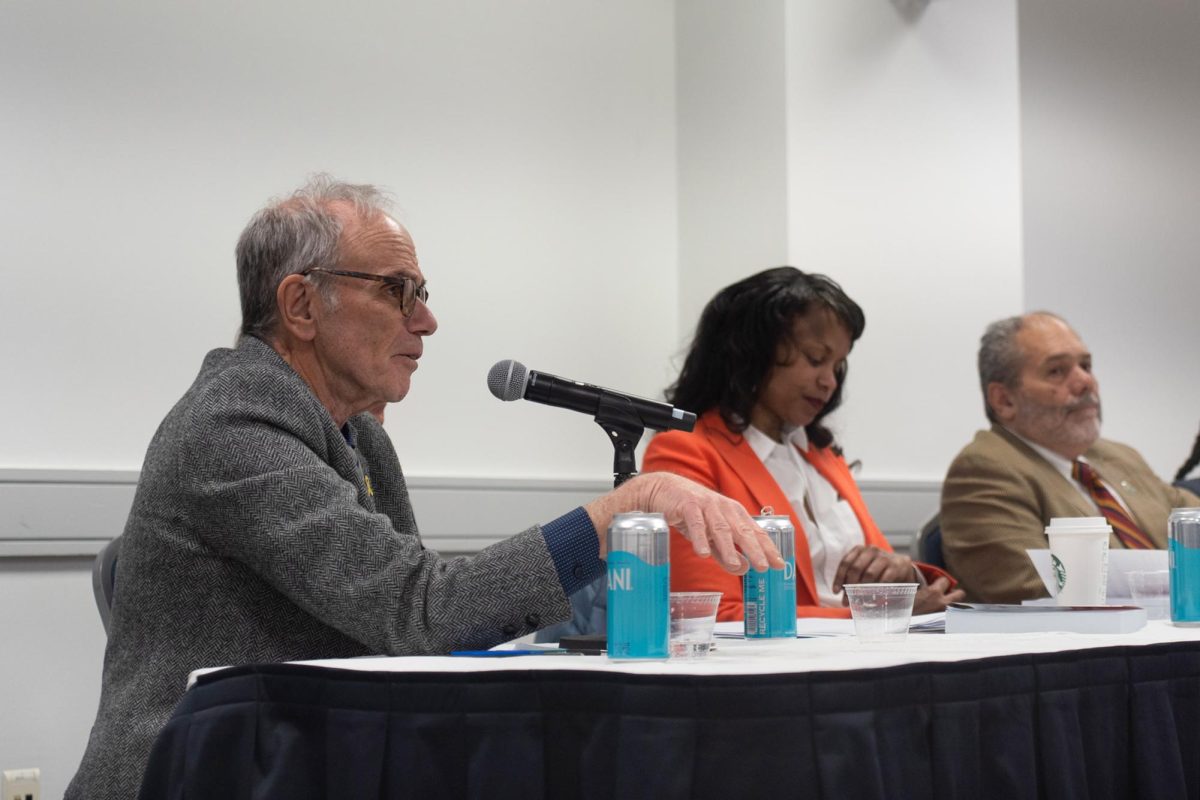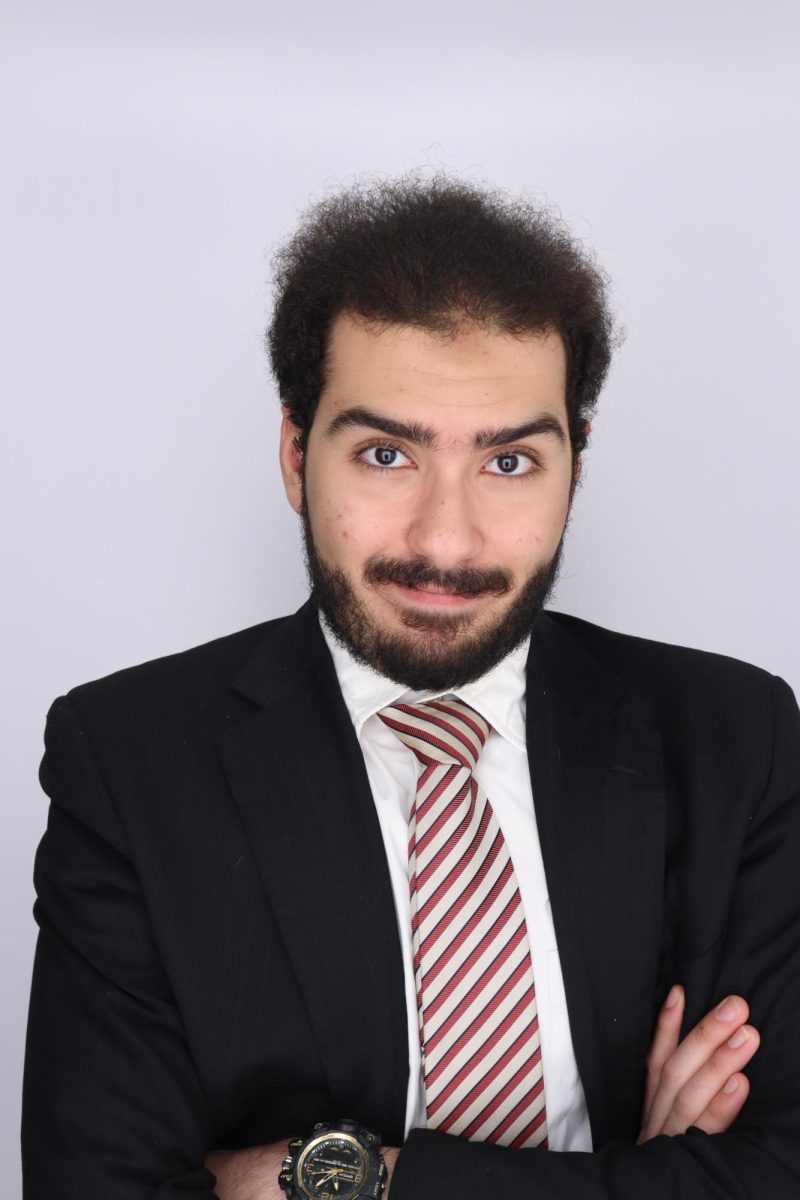Updated: Monday, Oct. 17, 2022 at 7:32 p.m.
GW professors are collaborating on a research project about the impact of energy grids on wildfires to improve wildfire resiliency in Alaska and the Arctic regions.
Foundations for Improving Resilience in the Energy Sector against Wildfires on Alaskan Lands, known as FIREWALL, is a four-year School of Engineering and Applied Sciences project aiming to mitigate the effects of Alaskan and Arctic wildfires caused by the energy sector. The project’s researchers will conduct interviews in Alaskan communities to research potential infrastructure projects that can build resilience to the increasing number of wildfires in heavily forested areas in Alaska and around the Arctic that leave the regions.
Robert Orttung, the director of research for Sustainable GW and a research professor of international affairs, said he is a collaborator on FIREWALL, and his expertise in social sciences will connect the project’s results to ordinary people and policymakers who can use the energy research in their day-to-day lives. He said FIREWALL researchers will interview community members to gauge their understanding of wildfire prevention and if the engineering solutions are applicable to their specific community.
He said professors in the School of Engineering and Applied Sciences are working to create electrical wire infrastructure that will turn off electricity before falling wires hits the ground to reduce sparks that can start wildfires.
“That would be a pretty impressive piece of technology, and that kind of understanding of the signals and how to respond to them across the wire that technology could be used anywhere in the world,” Orttung said. “And wouldn’t just be specific to Alaska.”
Orttung said the project received a nearly $3 million grant from the National Science Foundation in early October to bring experts from a slew of fields, like researchers from GW Law and the School of Business, to ensure the project is a multidisciplinary effort. He said opening the project to different disciplines makes it more effective because it creates discussion about policy, business and profit implications.
“There’s a lot of other partners outside of GW too that have direct experience in fighting fires, so it’s bringing together a lot of different kinds of knowledge and that experience,” he said.
Sebastian Neumayer, an assistant professor of computer science at the University of Alaska at Anchorage and collaborator on the FIREWALL project, said FIREWALL examines the social, natural and physical environments unique to Arctic regions.
“The great thing about this FIREWALL project is just how relevant it is to Alaska,” Neumayer said. “It’s great that we now have the ability to go and address some of the fundamental issues that wildfires are causing in the energy sector.”
Neumayer said FIREWALL researchers will continually make their findings available through the project for Alaskan communities to build increased awareness and preparation for wildfires.
Experts in fire management and advising said well-managed forests, through prescribed burning in areas with lots of dry fuel like shrubs and dead logs, can decrease the chance for wildfires.
John Bailey, a professor of silviculture and fire management at Oregon State University’s College of Forestry, said climate change worsens the frequency of forest fires because the increased temperature has made fire fuel “crispier” and more flammable. He said involvement from people, like “careless” homeowners who use grills irresponsibly during fire season, plays a large role in the number of wildfires.
Humans cause 85 percent of all wildfires in the United States by leaving campfires unattended, burning debris, equipment use and malfunction, discarded cigarettes and intentional arson.
“We have climate, and then we have more humans out there in the wildland and urban interface,” Bailey said.
He said his expertise lies in forest fires, focusing on natural kindling like human-made structures. He said several power companies are being blamed for causing fires in the 2020 Labor Day Fires in his home state of Oregon.
Massive fires erupted across Oregon around Labor Day of 2020, destroying millions of acres of land and more than 3,000 homes. Victims sued PacifiCorp, one of Oregon’s most prominent electric companies, over claims that the company failed to properly design, maintain and de-energize their facilities in the face of prime wildfire conditions, including drought and high winds.
Bailey said the forest management practices on federal land like fuel suppression have “ironically” created more fuel for wildfires because landscapes are more heavily filled with large, living trees, seedlings, shrubs, grass and human infrastructure.
“There were some with lightening ignitions, there were some careless homeowners with grills,” Bailey said. “There are also a lot of fingers being pointed at trees across power lines and sparking.”
He said working with utility companies to bury power infrastructure is the “ultimate solution” for eliminating wildfires caused by the energy sector. He said after the Santa Rosa fires in California, the power company PG&E plans to bury more than a thousand miles of power lines to reduce the risk of wildfires.
The Santa Rosa fires killed 22 people, burned about 36,800 acres and damaged more than 5,600 structures in Napa and Sonoma counties in California. A report by the California Department of Forestry and Fire Protection found the cause came from an unknown malfunction in a private electrical system next to a residential structure.
“You will ultimately come to the issue that it’s filled with the powerlines spark that is fuel underneath of them,” Bailey said. “So the ultimate solution in my opinion is burying.”
Luca Carmignani, an assistant fire adviser at the University of California Cooperative Extension, said his work looks to provide science-based solutions to communities and local agencies to improve urban interfaces and wildfire resilience. He said moving home power systems to individual grids can help limit fires during high risk seasons so that power can be shut off on a smaller scale rather than large power outages.
He said building long-term solutions around wildfires lies in equipping communities with prevention methods, like fuel reduction awareness about prescribed burns and energy use, and that it is key to consider people at the helm of the issue.
“I mean most of the time we see the destructive aspect of fires, but in order to prevent that, we need to change our attitude towards fire and consider it as part of the landscape, part of our life,” Carmignani said. “Especially the Western United States that is fire prone.”
This post has been updated to correct the following:
Due to an editing error, The Hatchet incorrectly reported Bailey is a professor of civil culture. He is a professor of silviculture, the study of forest growth, health and quality. The Hatchet also incorrectly reported The Hatchet incorrectly named the 2020 Oregon fires as the “Liberty Fires.” They were the “Labor Day Fires.” We regret these errors.








